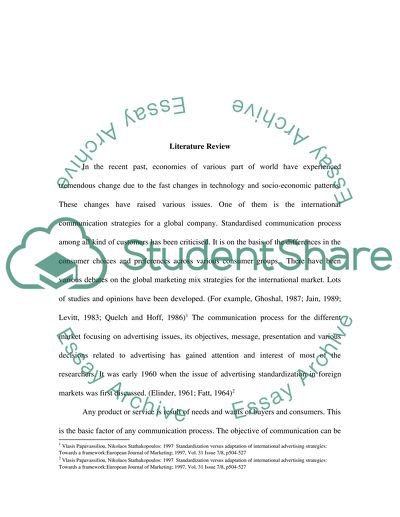Cite this document
(Standardisation versus Adaptation Literature review, n.d.)
Standardisation versus Adaptation Literature review. Retrieved from https://studentshare.org/marketing/1535943-standardisation-versus-adaptation-marketing
Standardisation versus Adaptation Literature review. Retrieved from https://studentshare.org/marketing/1535943-standardisation-versus-adaptation-marketing
(Standardisation Versus Adaptation Literature Review)
Standardisation Versus Adaptation Literature Review. https://studentshare.org/marketing/1535943-standardisation-versus-adaptation-marketing.
Standardisation Versus Adaptation Literature Review. https://studentshare.org/marketing/1535943-standardisation-versus-adaptation-marketing.
“Standardisation Versus Adaptation Literature Review”. https://studentshare.org/marketing/1535943-standardisation-versus-adaptation-marketing.


